Sign up for workout ideas, training advice, reviews of the latest gear and more.

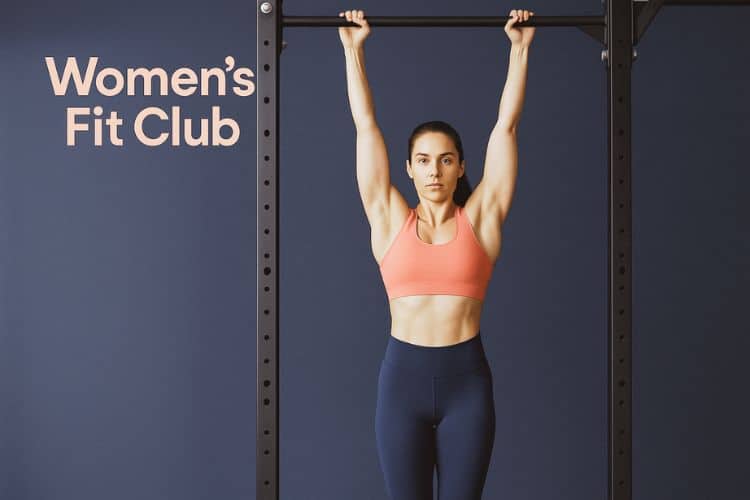
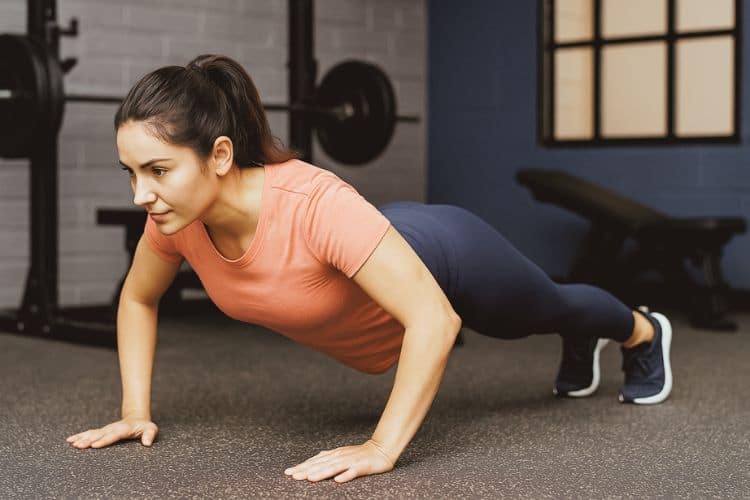
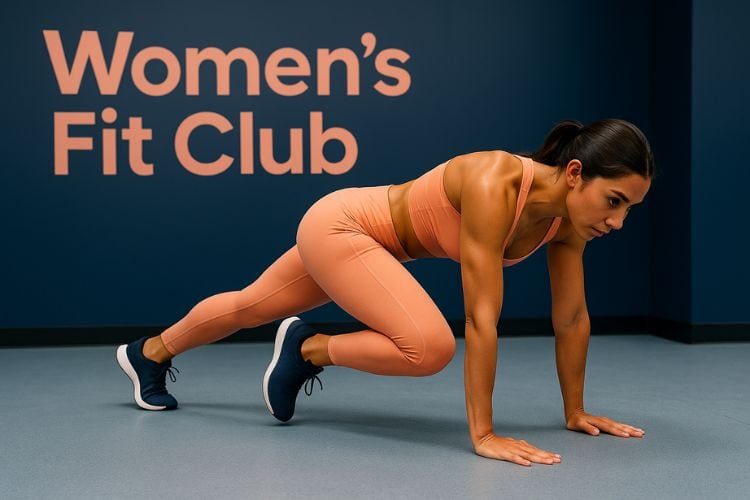
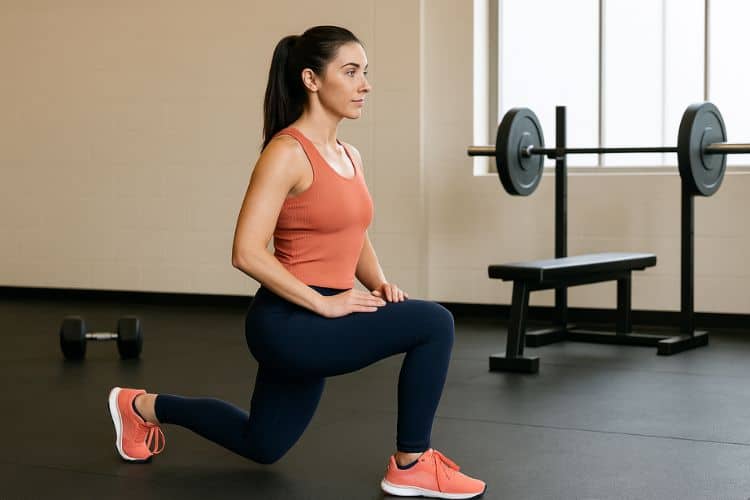
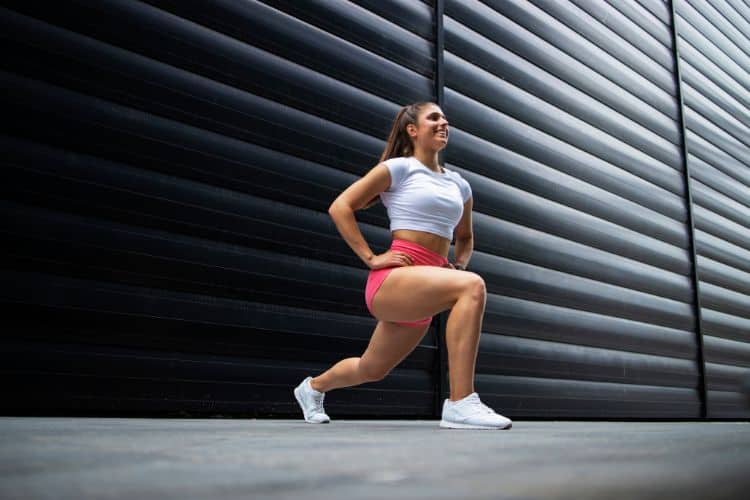
Looking to build strength without the gym or weights? Bodyweight resistance training exercises offer a powerful, equipment-free way to develop muscle, increase endurance, and burn fat—all from the comfort of your home. Whether you’re a beginner or advanced athlete, this guide covers everything you need to know about how to use your body as your gym.
Bodyweight resistance training is a form of strength training where your own body provides the resistance to movement. Unlike traditional resistance training using dumbbells, barbells, or machines, bodyweight workouts rely on gravity and your body mass to challenge your muscles.
This type of training not only helps in building muscle but also improves balance, flexibility, core stability, and muscular endurance. From push-ups and planks to squats and pull-ups, bodyweight exercises can be adapted for all fitness levels.
One of the most attractive features of bodyweight training is its simplicity. No gym membership, weights, or machines are required. You can train effectively in your bedroom, backyard, or even at the park.
These exercises mimic natural movement patterns, improving your functional fitness. Movements like lunges, planks, and squats enhance the strength needed for daily tasks and athletic performance.
Unlike rigid weight machines, bodyweight exercises require full range of motion, promoting better joint mobility and flexibility. For example, deep squats or lunges improve hip and ankle mobility.
You can still apply progressive overload—a key principle in strength building—by increasing reps, adjusting tempo, decreasing rest time, or using variations to make movements more challenging.
With the right combination of exercises and minimal rest intervals, bodyweight workouts can double as high-intensity interval training (HIIT), boosting your heart rate and burning calories fast.
Proper technique is crucial to prevent injuries and ensure effective muscle engagement. Always prioritize good form over higher reps.
Slow, controlled movements enhance time under tension, improving muscle strength and endurance. Try slowing down the eccentric (lowering) portion of each rep.
Even without weights, bodyweight training puts stress on your muscles. Allow sufficient recovery time between sessions targeting the same muscle groups.
Here’s a breakdown of the most effective exercises categorized by muscle group:
Push-ups are a foundational upper body movement that targets the chest, shoulders, and triceps. Modify by adjusting hand placement or elevating feet to increase resistance.
Variations:
Dips primarily work the triceps, chest, and front shoulders. Using parallel bars or the edge of a chair can provide a great upper-body burn.
This exercise mimics barbell rows and targets the back and biceps. Lie under a sturdy table or bar, pull your chest toward the edge while keeping your body straight.
The king of leg exercises, bodyweight squats target the quads, hamstrings, and glutes. Focus on depth and form for optimal results.
Progressions:
Lunges improve single-leg strength, coordination, and stability. Perform in place or walking for variety.
Tip: Add side lunges and reverse lunges to hit different muscle angles.
Lie on your back with knees bent, lift your hips toward the ceiling, and squeeze your glutes at the top. A perfect isolation exercise for your posterior chain.
An isometric hold that activates your entire core. Start with 30-second holds and gradually increase your time.
Variations:
Engage your rectus abdominis and obliques by bringing opposite elbows to knees while alternating sides in a controlled, fluid motion.
Great for lower ab development. Keep your back flat and legs straight while lifting and lowering slowly.
Combine a squat, jump, and push-up for an intense full-body workout. Great for strength and cardio conditioning.
Begin in a push-up position and alternate bringing knees to chest. This high-intensity movement challenges your core, shoulders, and cardiovascular system.
Crawl forward on hands and feet without letting knees touch the ground. It engages nearly every muscle in your body, especially the core and shoulders.
Here’s a 3-day beginner-friendly bodyweight training split you can follow:
Rest Days: Take at least one rest day between workouts or as needed based on recovery.
Once you master the basics, try progressing to these more advanced movements:
An intense overhead press using just your body. It requires shoulder strength and balance.
Push-up with one arm behind your back. Great for unilateral strength.
Transitioning from one side to the other during push-ups increases time under tension and shoulder activation.
A full squat on one leg, demanding high levels of strength, balance, and mobility.
Incorporate HIIT circuits combining resistance moves with cardio-based exercises like jump squats and burpees. Aim for higher reps and shorter rest periods.
Use slow, controlled reps and focus on eccentric movement. Add isometric holds (like planks or wall sits) and advanced variations for greater muscle breakdown.
Your workouts are only part of the equation. Recovery and nutrition play a major role in your progress.
Prioritize protein-rich meals, healthy fats, and complex carbohydrates. Protein supports muscle repair and growth, especially important after intense resistance sessions.
Sleep is when your body repairs and builds muscle. Aim for 7–9 hours of quality sleep nightly.
Drink plenty of water throughout the day, especially if you’re working out in a warm environment or sweating heavily.
Bodyweight resistance training is an incredibly effective and versatile way to build strength, burn fat, and boost overall fitness—no gym required. Whether you’re training at home, while traveling, or outside at the park, you can get a full-body workout using nothing but your body.
By incorporating these exercises into a structured program and applying the principles of progression, you’ll gain strength, improve endurance, and build lean muscle naturally. It’s time to unleash the power of your own body.
Yes! With progressive overload, controlled tempo, and advanced variations, you can effectively build muscle using bodyweight exercises.
For most people, 3–5 sessions per week allow for results without overtraining. Split workouts by muscle group for better recovery.
Absolutely. Start with light cardio and dynamic stretches to activate muscles and prevent injuries.
Start small, focus on form, and stay consistent. Your body is the only gym you need—and it’s open 24/7.
Stay up to date on the latest women’s health, fitness and lifestyle trends and tips.